How our community of practice survived (and thrived) in 2020
VALA2022 Lightning Talk
Christina Salopek
Kyra Thomsen
- University of Wollongong
Please tag your comments, tweets, and blog posts about this session: #vala2022
Abstract
What does a community of practice look like if they don’t practice anything? How do you operate a community of practice if the community changes with every meeting? What’s the point of a community of practice, anyway?
In February 2020 when a group of library staff met at a café on campus to talk about starting a community of practice (CoP) about user experience (UX), none of us could have imagined that we would experience a year of such rapid growth and innovation in the middle of a global pandemic. Surrounded by disruption, our CoP had to change and adapt before it had even taken shape. In the spirit of experimentation and with growth mindsets, we disregarded the idea of what a community of practice should be and made our own path.
The University of Wollongong (UOW) Library enables a flexible, skilled workforce through professional development activities outlined in the Future Ready Library Strategy. In 2020, UOW Library’s digital dexterity program initiated several internal communities of practice, including the UX CoP. There was growing staff interest in UX as we realised all library services have an impact on user experience. While many of us worked from home, these CoPs operated online through Microsoft Teams. Through this digital environment, rather than face-to-face, we were able to transcend geographic locations and include our diverse staff profile at all organisational levels.
The field of UX embraces human-centredness and inclusivity (valuable practices pre- and post-pandemic) and this became a foundation for the how the UX CoP would operate in the digital environment. The group was diverse, with people from all teams dropping in and out of discussions. We were agile with asynchronous conversations. We were collaborative and creative, with likeminded and curious people upskilling and reskilling in core skills such as critical and analytical thinking, public speaking, planning, collaboration, networking and using new technologies.
The UX CoP became an open forum for sharing, exploring, listening, unpacking, understanding, and reflecting; we made connections during a time that was incredibly isolating, and it was a safe place to learn new things during a time that was stressful.
While the community of practice was strategic we didn’t focus on creating tangible outputs, meeting KPIs or tracking metrics. Our goal was to learn something new, and this resulted in a range of complementary benefits to our staff and UOW Library. Staff anecdotally said they felt more confident, more empathetic, and more aware of biases, perspectives and UX due to their involvement in the CoP. This positively impacted their everyday work, from interactions with clients to how we think about our collections.
The CoP gave our people a purpose, and this learning process was reciprocal; the more we learned, the more our staff shared knowledge, evolved in our roles and became multidisciplinary, human-centred individuals. We keep the user in mind in all that we do for UOW Library and this UX focus will position us well as knowledge workers of the future.
Biography
Christina Salopek is a Resource Sharing Officer at the University of Wollongong Library. Her team is responsible for Subject Readings, Document Delivery, and supplying Inter Library Loans for its clients and reciprocal suppliers. Christina has a background in heritage and the cultural arts sector and has a keen interest in content development and learning about new ways of learning and engaging in the online environment for the user. You can find her on Twitter: @ChristinaSalop1
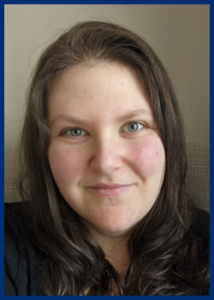 Kyra Thomsen (she/her) is the University of Wollongong Library’s Digital User Experience Lead; her team’s goal in the Library is to improve client experiences by understanding, anticipating and meeting user needs. With a background in content strategy and creative writing, Kyra is fascinated by the user story behind every mouse click and mobile swipe. You can find her on Twitter: @ContentWithKyra
Kyra Thomsen (she/her) is the University of Wollongong Library’s Digital User Experience Lead; her team’s goal in the Library is to improve client experiences by understanding, anticipating and meeting user needs. With a background in content strategy and creative writing, Kyra is fascinated by the user story behind every mouse click and mobile swipe. You can find her on Twitter: @ContentWithKyra
![]()
This work is licensed under a Creative Commons Attribution-NonCommercial-NoDerivs 3.0 Unported License

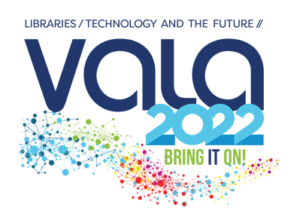
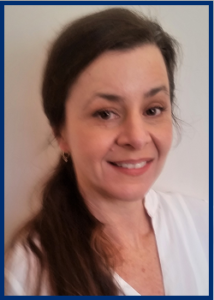
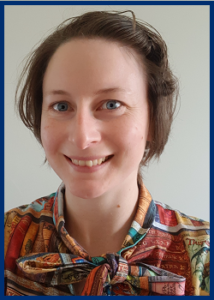 Amelia, Tanya, Steve and Angela work at RMIT University Library. Between them they manage the library reference services and the library concierge service, two services that require constant interaction to deliver well.
Amelia, Tanya, Steve and Angela work at RMIT University Library. Between them they manage the library reference services and the library concierge service, two services that require constant interaction to deliver well.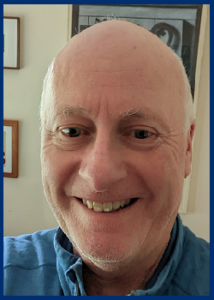 Simon Musgrave was a member of the linguistics program at Monash University from 2003 until 2020. His research interests included the use of computational tools in linguistic research and the relationship between linguistics and digital humanities. He was involved in the Australian National Corpus project, an important piece of digital research infrastructure, and has been a member of the executive of the Australasian Association for Digital Humanities since 2015. Simon currently is part of the team delivering various language-related infrastructures including the Australian Text Analytics Platform and the Language Data Commons of Australia.
Simon Musgrave was a member of the linguistics program at Monash University from 2003 until 2020. His research interests included the use of computational tools in linguistic research and the relationship between linguistics and digital humanities. He was involved in the Australian National Corpus project, an important piece of digital research infrastructure, and has been a member of the executive of the Australasian Association for Digital Humanities since 2015. Simon currently is part of the team delivering various language-related infrastructures including the Australian Text Analytics Platform and the Language Data Commons of Australia.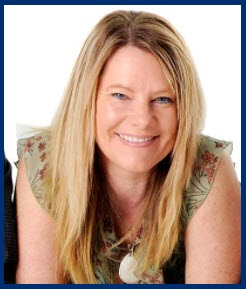 Sindy Dowden is the Community History Librarian for The Grove Library in WA. She has worked there for the past ten years. During that time Sindy has completed numerous digital interpretations and projects including developing one of the first digital heritage trails created by a local government history centre. The Grove Library was recognised in 2014 for its innovative projects and initiatives when the Library was awarded the WA Library Board Award for Excellence. Since that time Sindy has continued to develop the digital collection and to push forward with improving digitisation and online accessibility. Sindy is passionate about integrating emerging technology with historical media to find new ways to connect with the community. Sindy has presented at both National and State conferences in addition to delivering instructional workshops relating to Community History, Digital Interpretation, Genealogy and Digital Heritage Trails. She has written articles for newspapers and journals, including ALIA Incite Journal.
Sindy Dowden is the Community History Librarian for The Grove Library in WA. She has worked there for the past ten years. During that time Sindy has completed numerous digital interpretations and projects including developing one of the first digital heritage trails created by a local government history centre. The Grove Library was recognised in 2014 for its innovative projects and initiatives when the Library was awarded the WA Library Board Award for Excellence. Since that time Sindy has continued to develop the digital collection and to push forward with improving digitisation and online accessibility. Sindy is passionate about integrating emerging technology with historical media to find new ways to connect with the community. Sindy has presented at both National and State conferences in addition to delivering instructional workshops relating to Community History, Digital Interpretation, Genealogy and Digital Heritage Trails. She has written articles for newspapers and journals, including ALIA Incite Journal. Keely Chapman, as the Coordinator, Research Services Publishing, has primary responsibility for engaging and maintaining relationships across RMIT University to manage the operations of the RMIT open access research repository. A relative newcomer to Alma-based systems, Keely’s contributions have ensured the goals set for services offered by the RMIT Research Repository were met. With nearly 30 years experience, Keely made the leap from Liaison/Reference Librarian 12 years ago to the often unpredictable adventure world of institutional repositories and open access.
Keely Chapman, as the Coordinator, Research Services Publishing, has primary responsibility for engaging and maintaining relationships across RMIT University to manage the operations of the RMIT open access research repository. A relative newcomer to Alma-based systems, Keely’s contributions have ensured the goals set for services offered by the RMIT Research Repository were met. With nearly 30 years experience, Keely made the leap from Liaison/Reference Librarian 12 years ago to the often unpredictable adventure world of institutional repositories and open access.